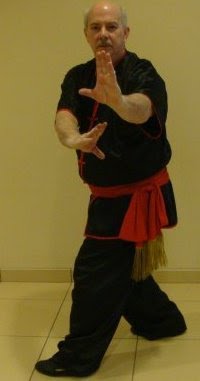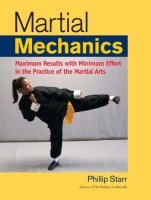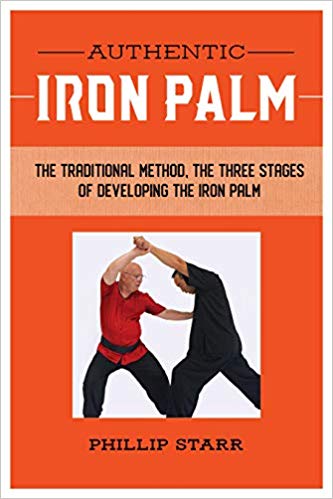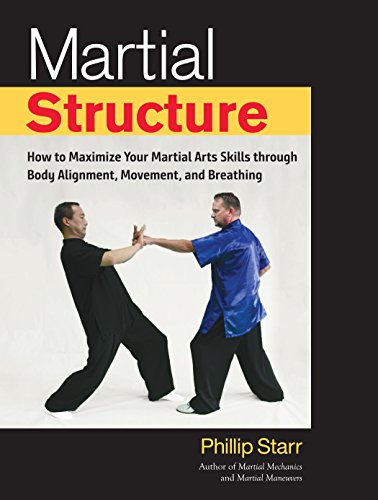by Phillip
Starr
In the
practice of some martial arts (particularly aikido and kendo), we
hear about a concept often referred to as “taking the center.”
To what does this expression refer? Let's take a closer look...
As you
face your opponent, you have your own “space” and he has his.
You feel, in a sense, that you own that space and can control
anything that steps inside it (or you should be able to...). It's
like a sphere that engulfs you from head to toe and as you move
around, it moves with you; it's kind of like walking around inside a
large ball. Anything that penetrates your “ball” is capable of
striking you instantly and you'll likely not be able to react
appropriately. The same is, of course, true for your opponent.
So you
have yours and he has his. Between the two of you is a sort of “no
man's land”, right? This is what we call the “mutual distance”,
which moves and changes as the two of you move around (even if the
“movement” is only mental). It can also be viewed as a sphere.
Whoever
“takes control” of that center sphere controls the outcome of the
conflict. Bear in mind that if you move forward, so the center
sphere likewise moves in front of you. The same is true of your
opponent. But the center sphere is not affected by physical movement
only; it is also affected by mental “pressure” that is applied
against, or through, it. Your “yi” (your will, determination,
intention) can push up against it, much as if pressing against a
large balloon.

And
bear in mind the principle that tells us “where your yi goes, so
does your qi (“ki” in Japanese, referring to vital energy) and
shen (“shin” in Japanese, meaning spirit) go.” If you are
thinking of yourself; your personal safety or the correctness of your
stance or technique, your yi is withdrawn and not affecting the
“middle/center sphere.” In fact, your “withdrawal” of qi
tends to draw the center sphere towards you. If your opponent is
well trained and experienced, he will be able to “feel” this and
he'll know that your spirit is flagging; you're weak and unable to
attack (and possibly unable to adequately defend yourself)! If he
attacks quickly and powerfully, he can easily overwhelm you. Of
course, if the situation is reversed, you can overwhelm him!

As you
face him, even if only for a second, your yi (and consequently, your
qi) must be POWERFULLY directed at him. This makes the center sphere
expand and press against him (physically and mentally); you are
“putting pressure” on him and he'll feel it. At the moment he
shrinks back, you should attack forcefully. In kendo this is known
as “seme” (攻め,
“to attack...” and “gongme” in Chinese).
Whenever
the opponent attacks you – even if it's something as basic as a
grab – his yi (and qi) is directed (must be directed) towards you
and, in the case of a grab, at the spot where he's applying the grab.
As he advances, so the center sphere must move towards you and you
should be able to feel this, especially if he attacks forcefully
and/or with the intention of hurting you (remember, intention is yi
and where his yi goes, his qi goes).
If your
mind is focused on the spot where he is grabbing you or on the area
that he is trying to strike, where is your yi? It is WITHDRAWN; your
personal sphere is shrinking and you are in a weakened state! In
this case, whoever is stronger, wins. So your yi should be directed
elsewhere, preferably at the aggressor. As your yi extends, so does
your qi. You remain strong and you are able to defend yourself.
And so
it is with your daily practice of forms and even basic techniques.
Never withdraw your yi. Keep it extended towards your foe. Consider
these things when you practice...



.jpg)
.jpg)

















.jpg)
.jpg)


























.jpg)
.jpg)

















